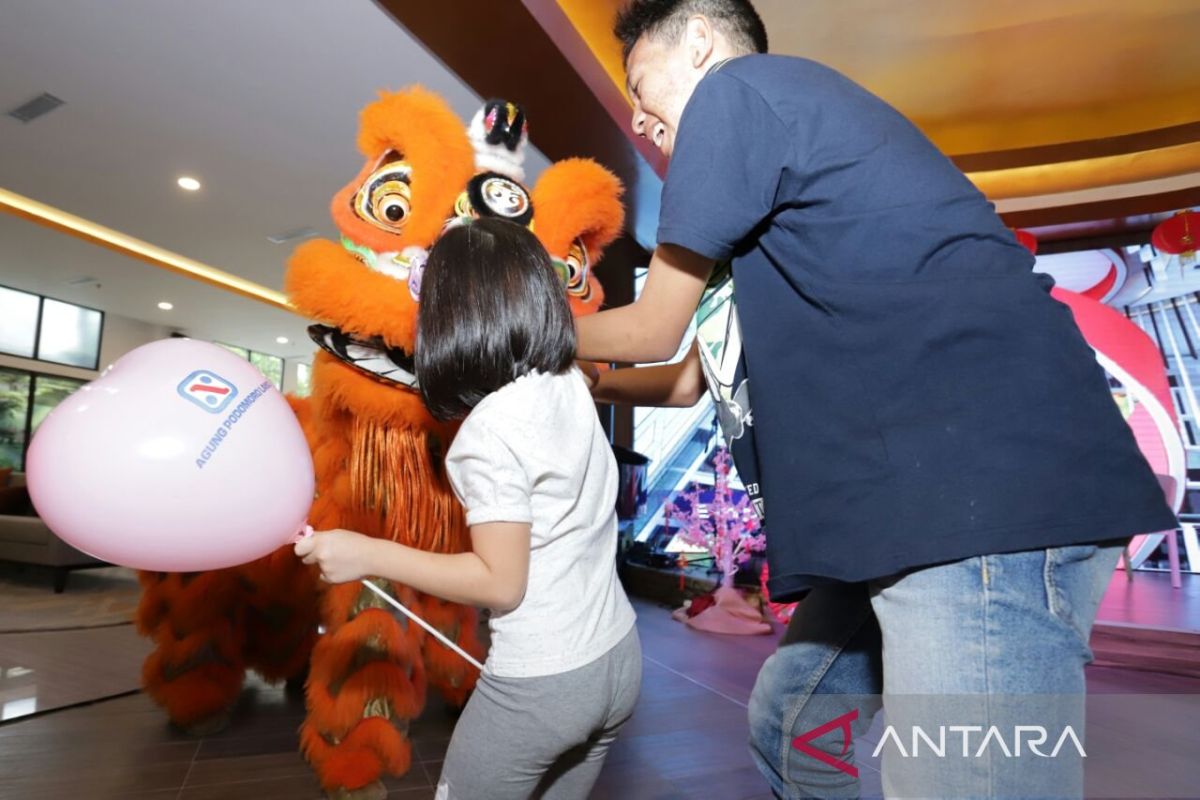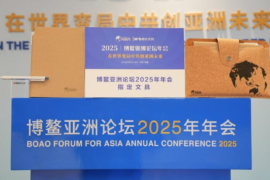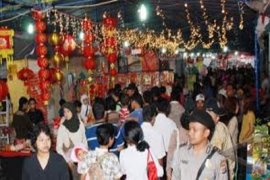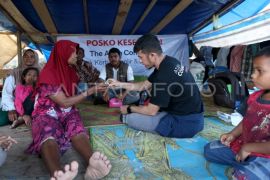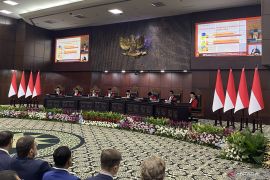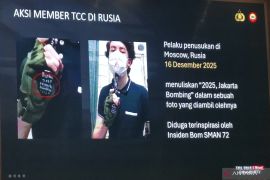In accordance with the wood dragon theme, several offices, malls, and market buildings have displayed dragon symbols, including by using digital technology.
The Glodok area of West Jakarta and the Pasar Lama (Old Market) of Tangerang City, Banten Province, which is the center of Chinese culture, already looked lively with various Imlek decorations.
Likewise, Lunar New Year culinary specialties and snacks became more popular in Pasar Petak Sembilan, Glodok, and Tamansari in West Jakarta.
Those foods included mandarin oranges, sticky cakes, layer cakes, cupcakes, sweets, siu mie (long noodles), yee sang (salad dish), and tea eggs.
Several traders of Chinese sticky cakes, or kue keranjang, can be seen offering their products ahead of the Imlek celebrations.
Not only food but traditional Chinese dress, cheongsam, and accessories also emerged in the traditional markets and modern shopping centers.
It is time for Jakartans keen to immerse themselves in Chinese culture to visit shopping centers that have various traditional art displays and performances.
Several famous performances during the Imlek celebrations are barongsai, a combination of dance and acrobatics. Chinese people view this as a symbol of courage, strength, balance, wisdom, and excellence.
Several tourist attractions in Jakarta, such as the Ragunan Zoo, Taman Mini Indonesia Indah (TMII), and Ancol Dreamland, have prepared lion dance attractions for visitors.
The public is advised to check the performance schedule on the destination's official website.
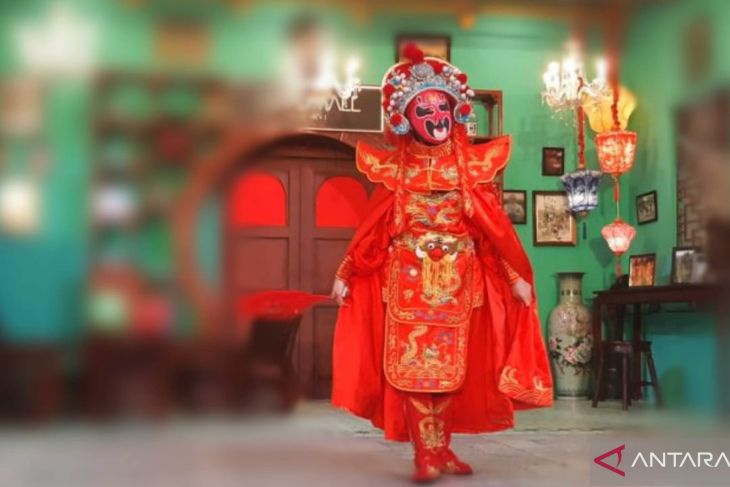
Chinese New Year meaning
According to the Great Dictionary of the Indonesian Language (KBBI), Imlek is the first day of the Chinese calendar, which is based on the lunar cycle.
It marks the beginning of the Lunar New Year and is closely related to the spring feast of Sincia.
The Imlek date always coincides with the start of spring in China, which ushers in a period after winter when everything outside turns green.
Imlek is an important holiday in Chinese culture, not only in Indonesia but also around the world.
Imlek in Indonesia is celebrated by Confucian Chinese as a form of gratitude by performing a series of prayers to God for the sun that shines again as a source of life.
On the occasion, Chinese people will greet each other with the saying, "Gong He Xin Xi, Wan Shi Ru Yi, and Gong Xi Fa Cai."
This sentence means Happy New Year, may everything be as wished, good luck, and prosperity.
Imlek celebrations are very identical with certain symbols, such as the red-colored decorations that symbolize luck, prosperity, and festivities, as well as the 12 zodiac signs.
The 12 zodiac signs are the Rat, the Ox, the Tiger, Rabbit, Dragon, Snake, Horse, Sheep, Monkey, Rooster, Dog, and Pig, where each has its own year in the 12-year cycle.
This year, Imlek falls on February 10, which is the year of the Wood Dragon. In Chinese culture, the Wood Dragon is believed to be full of energy, symbolizing luck, success, and aspirations to change the world.
The Imlek celebrations are already familiar in Indonesia. Every year, people of Chinese descent celebrate the turn of the lunar calendar like other holidays in Indonesia.
During the celebrations, people pray to express hopes for the future, greet their family members and neighbors, and give angpaos, or red pockets containing money, and other gifts.
Art performances, such as barongsai, will enliven the day, followed by a big meal with the family.
Entertainment
Entertainment is indeed one of the attractions during the Imlek celebrations. Almost all entertainment venues and shopping centers close to places where the Chinese communities live compete to present the best performances.
Areas populated with Chinese people, such as Pantai Indah Kapuk (PIK), Kelapa Gading, North Jakarta, and Pasar Lama in Tangerang City, have prepared a variety of interesting performances that can be watched and enjoyed by the surrounding community.
Shopping centers near the Benteng Chinese community in Tangerang City will show the lion dance and other performances during the two-week celebrations.
Kelapa Gading and Pantai Indah Kapuk, which are known as culinary spots, offer various authentic Chinese sweets. Dim sum, roast duck, claypot tofu, and seafood dishes can be easily found in this area.
Some big restaurants in the PIK area invite international chefs to present authentic cuisine from China to their customers.
Every year, the Imlek celebrations make a positive contribution to small traders. Fish, eggs, fruits, vegetables, noodles traders, and even lion dance performance providers feel the economic contribution owing to the celebration.
The growth of Indonesia's consumption sector averages around five percent every year. One of the growth factors is the celebration of religious holidays.
Although Eid al-Fitr and Christmas are the most dominant contributors, Imlek celebrations also play a role in boosting the consumption sector.
Related news: N Sumatra monastery prepares 1,500 lanterns for Lunar New Year
Related news: Thousands of Lunar New Year lanterns adorn Solo city streets
Translator: Ganet D, Kenzu
Editor: Anton Santoso
Copyright © ANTARA 2024
